Nashik is a pilgrimage hub of India with numerous stories from our Hindu Purana Ramayana etched in its landscape. These puranic stories find resonance in numerous ancient temples in Nashik dedicated to various Gods and Goddesses – the more famous among them being Kalaram temple in the Panchvati area housing Lord Rama, Tapovan, Ram Ghat, Muktidham temple adorned with chapters of Bhagavad Geeta and Trimbakeshwar Jyotirling (one among the five Jyotirlings of Maharashtra, Kapeeleshwar Temple dedicated to Lord Shiva.
Every year, lakhs of devotees throng these famous temples of Nashik to seek blessings in the temples of Nashik and offer their prayers. Standing in the shadows of its more famous temple counterparts is another very old, beautiful, and historically prominent and somewhat lesser frequented temple dedicated to Lord Shiva - the Naroshankar temple.
NAROSHANKAR TEMPLE - A HUGE BRONZE BELL.
Built in 1747 AD by Chieftain Sardar Naroshankar Rajebahaddur, a valiant soldier in the Peshwa regime from 1706 to 1775, the Naroshankar temple today stands on the banks of the river Godavari drawing a lot of pilgrims and devout in its fold.
A striking feature of the temple is a bell house at the entrance, framing a huge bronze bell that hangs above the 11 feet high temple façade overlooking the river Godavari. The bell is an important political memento which was brought from the Vasai fort on the west coast of India after the army led by Chimaji Appa, brother of Shrimant Peshwa Bajirao, defeated the Portuguese intrusion in Bassein. The bell was brought by hanging it around an elephant neck and was later presented to Naroshankar as an award for his crucial role in the victory of the Marathas over the Portuguese.
NAROSHANKAR TEMPLE ARCHITECTURE
Walk past the bell and you enter in this beautiful 18th century temple complex whose architecture is rather unusual and exemplifies a unique architectural style called ‘Maya’ style of architecture. You can see a lot of architectural influence borrowed from Gujarat and Rajputana style in the design and execution of the temple.
Made in black stone, the temple is situated on a raised platform and has exquisite sculptures and impressive carvings on the outside walls. The main and subordinate temple shikharas are ornate and depict figures of animals like lions and elephants, trees and birds.
Brown shrubs growing at different spots, here and there, amid the temple crevices enhances the elegance of the architecture and the ruggedness of the structure, on which the afternoon sun strikes and rebounds in radiant color; the façade of the temple tinged by time.
Inside, the sabhamandap displays North Indian style of architecture and adorns beautiful motifs as well with stories and puranic art splattered all over the columns, the Upashikharas and the temple walls. Its form is influenced by Hemadpanthi style.
LORD SHIVA AS MAHAKAAL!
There is no one in the garbhagriha when I enter. I offer my prayers to Lord Shiva housed in the room inside while the Nandi guards His Master seated opposite, at a distance.
Lord Shiva is Mahakaal, The One who is above and beyond the veils of Kaal or time and the Naroshankar temple is one temple where this message comes out loud and clear. As I roam in the temple complex, one of the carvings that catch my attention in particular is that of a coiled cobra or an Akshaya Naga on the outer surrounding wall of the temple. I haven’t seen anything like this before in any of the numerous Shiva temples I have visited before and it makes my thoughts wander to life (and death)… the endless cycle in which we roll and the main purpose behind it.
One can see Rajputana architectural influence in the arched chatris on both the sides of the bell on the entrance. The gigantic bell framed by the grand arches along with the river Godavari flowing below and the contrast of the blue skies above – the Naroshankar temple does impose a commanding presence.
A must visit ancient Shiva temple in Nashik for sure!
Temple Timings, Puja and Darsan Info
The temple is open from 07:00 AM to 08:00 PM all days of the week.
(NOTE: Some images are sourced from the Internet.)


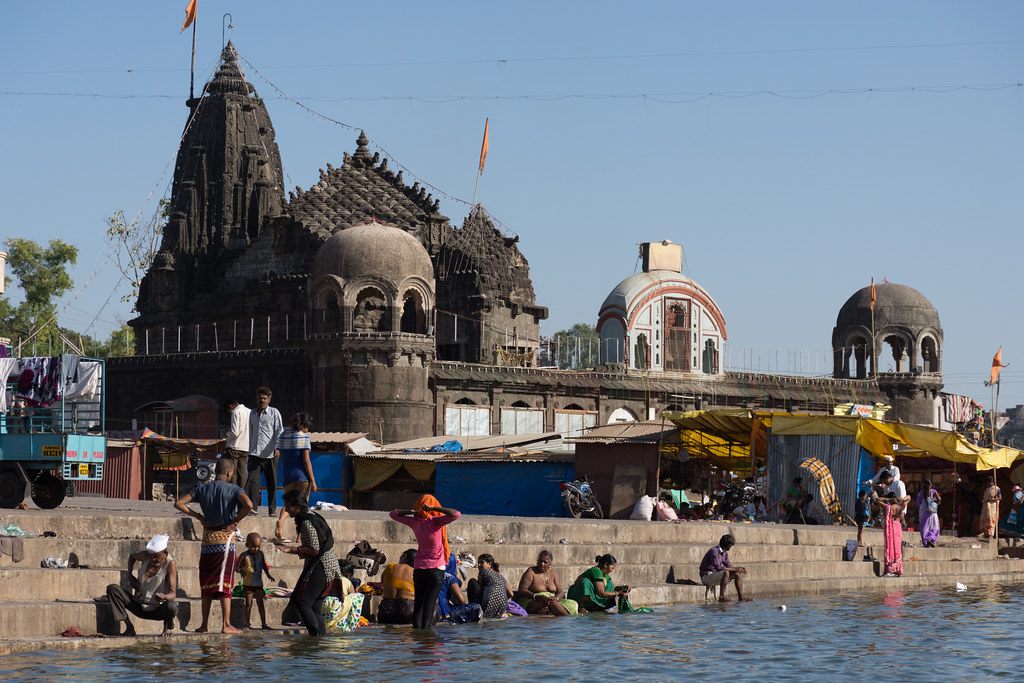
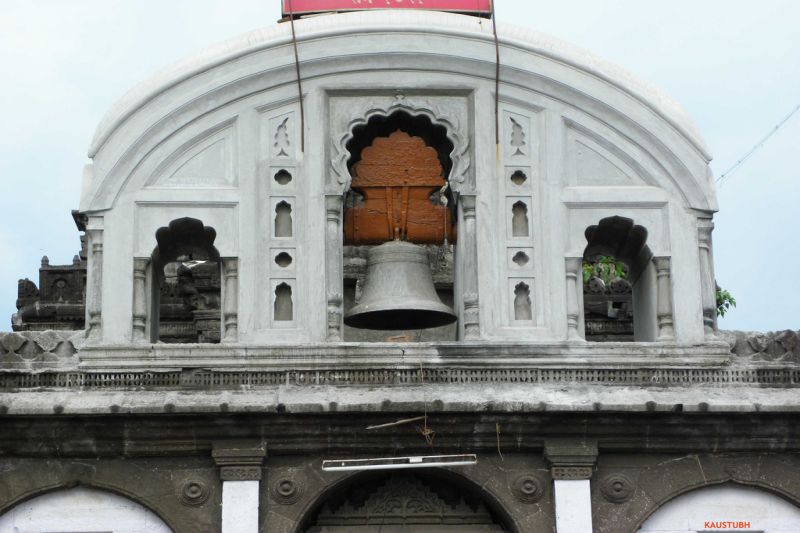
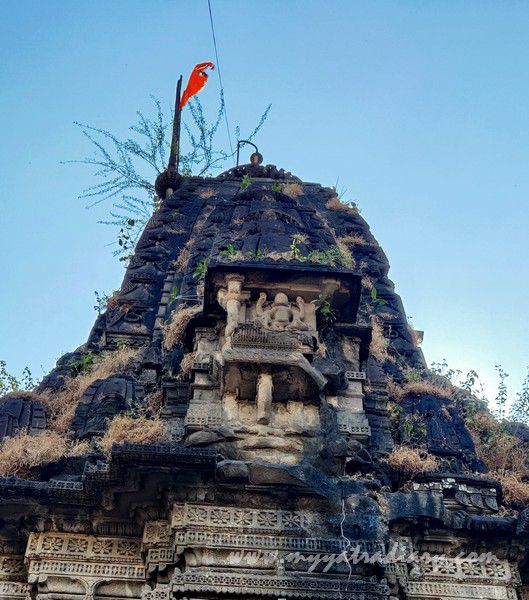

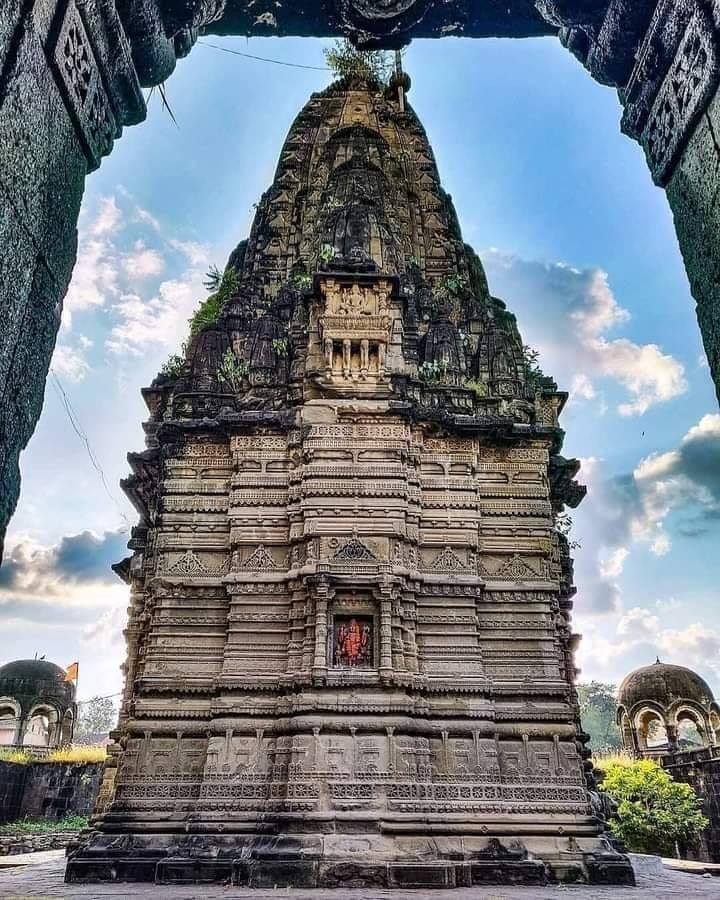

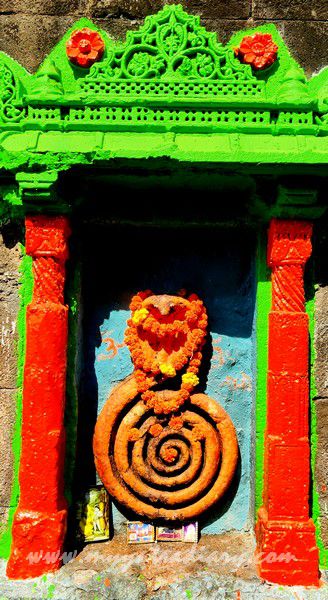

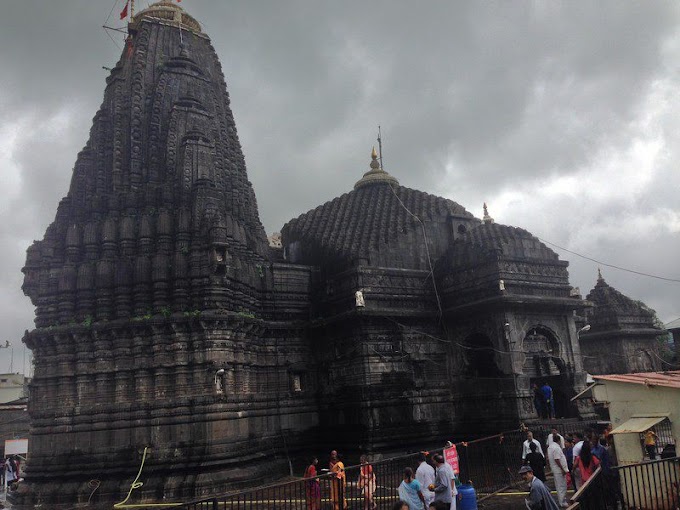



6 Comments
Thanks for sharing this blog, Keep it up!
ReplyDeleteVery informative post
ReplyDeleteThank you for sharing your travel experiences and insights! Your blog has been an invaluable resource for fellow travelers like myself who are seeking inspiration and advice for their own adventures. Your vivid descriptions and beautiful photos have transported me to new and exciting destinations, and I am grateful for the time and effort you have put into creating such a wonderful resource. Keep up the amazing work and I look forward to following your future travels!
ReplyDeleteIt was really heartwarming to read the metaphysical thought and questioning that the architectural piece of a coiled cobra brought about! Thank you for sharing you experience! take care.
ReplyDeletegood blog
ReplyDeleteVery nicely explained the extire journey. I also explore few more posts in this blog.
ReplyDeleteI loved the way you write.
Delighted you stopped by... Your suggestions, feedback are really appreciated. Thanks a lot :) Hope you visit again!
If you have asked a question, please give me at least 2 days to reply back. Thank you :)